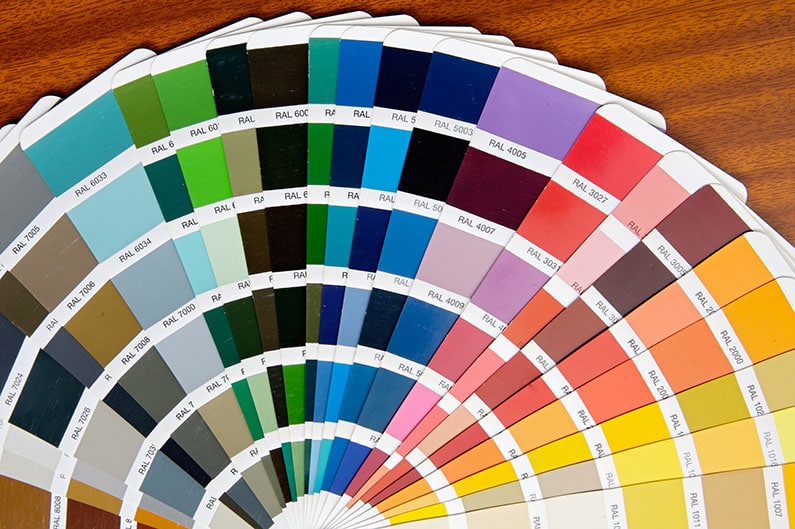

Best Paints for Stenciling on Wood

Choosing the Perfect Paint Sprayer
Your paint sprayer is a key tool in quality stencil application. Too big and it will blow your coating outside of the laser cut lines of your stencil. Contrastingly, if the spray gun is too small, it lacks the grunt to finely atomize paint particles, which makes it difficult to apply the thin coats required for stenciling.
If you look into airless devices, you’ll find that most operate at pressures around 3000 PSI, which is too high for stenciling. However, there are always exceptions to the rule, and the Graco Handheld 360 VSP proves it.
Falling into the unusual handheld and airless category of spray guns, this unit is small enough to cope with detail and touch up work. Plus it can operate at any angle and you can dial down the pressure as required.
Most high-volume, low-pressure (HVLP) machines are suited to stenciling. These spray guns reduce overspray and are a popular choice among DIYers and home improvers worldwide.
The Wagner Control Spray 250 is ideal for small to midsize tasks, and Wagner’s proprietary Control Finish fluid nozzle provides plenty of adjustability and control. This said, you will need to thin your coating before use.
It’s not only about power output though, you also need to consider the spray gun’s tip size to ensure it’s compatible with your chosen stencil paint.
If you’re not sure where to get started, you can find detailed information on tip sizes and paints here.
Choose a Stencil Pattern
Prepare Your Wood Properly
Personal Protection and Preparing Your Workspace

How to Stencil on a Wooden Dresser: A Step by Step Guide
What You Need to Follow This Tutorial
- Your wooden dresser.
- A stencil.
- Coating.
- Paint sprayer and suitable nozzle.
- Dish soap.
- Water.
- Sandpaper.
- Bucket.
- Cleaning cloth.
- Drop sheets.
- Stir sticks.
- Spray adhesive.
- Personal safety gear.










